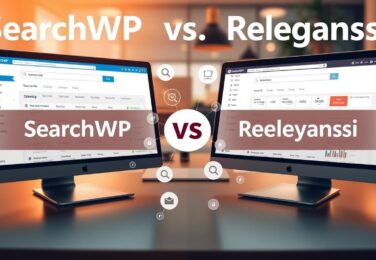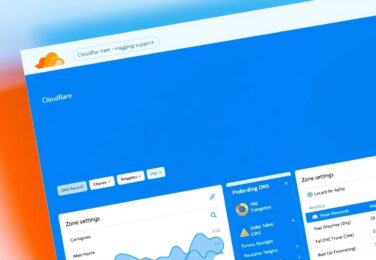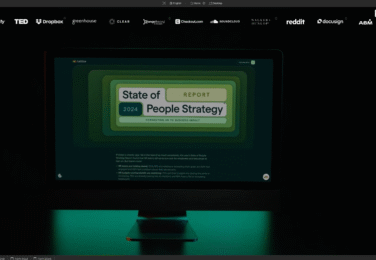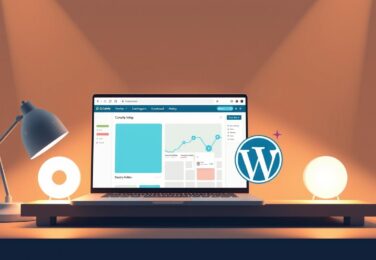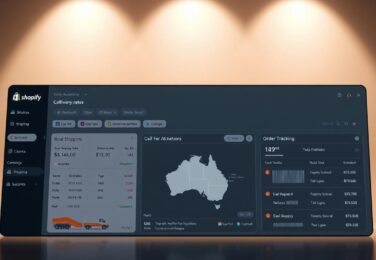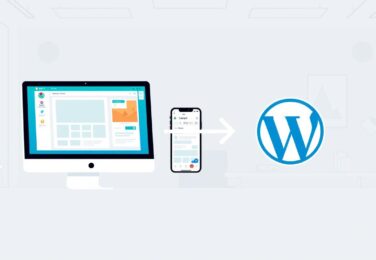WordPress Development Pricing Guide for 2025
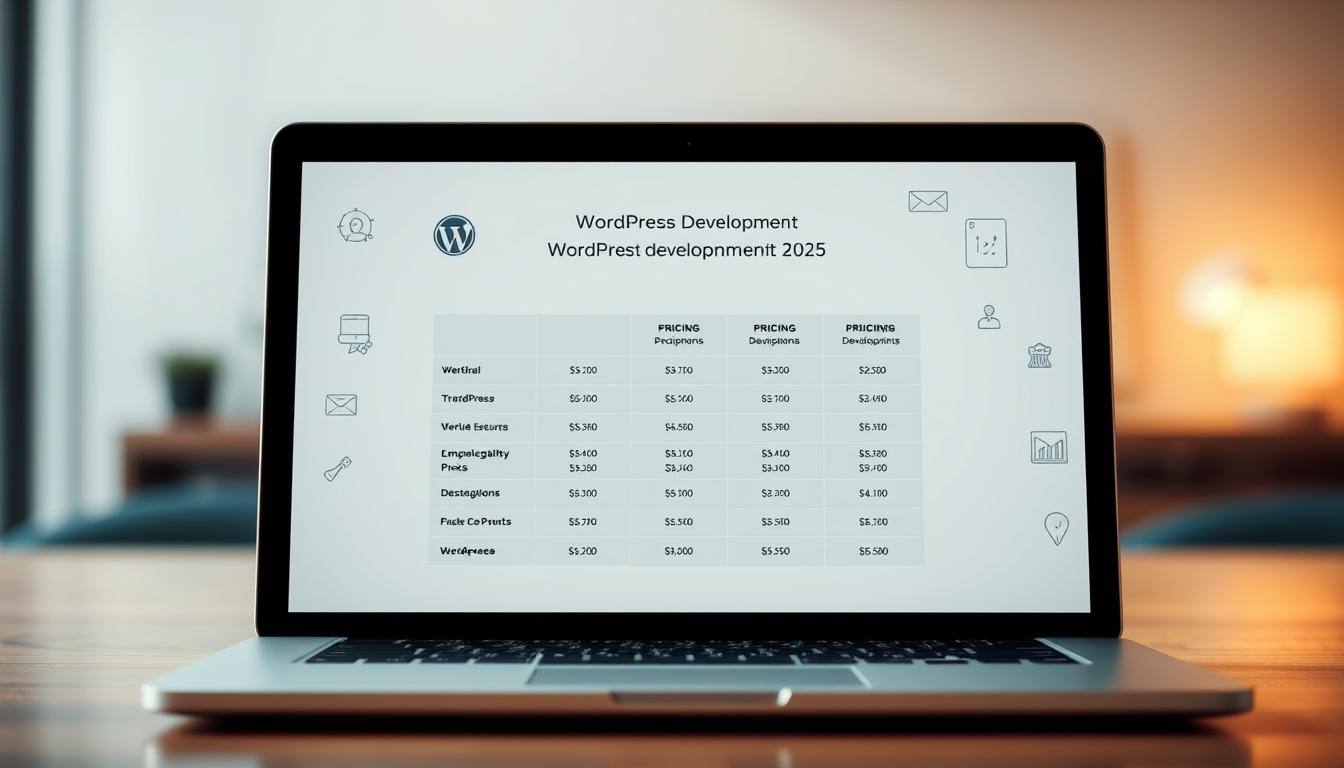
Table of Content
Did you know that nearly one in every three websites you visit online is built on a single platform? That platform powers over 455 million sites globally, making it the undisputed leader in the digital space.
This incredible reach highlights why understanding costs for this platform is crucial for any Australian business. We’re here to demystify the investment required for your next web project.
This comprehensive guide breaks down the 2025 pricing landscape. We explore everything from simple setups to complex custom builds. Our goal is to equip you with the knowledge to budget confidently and collaborate effectively with your chosen professional.
The platform’s open-source nature and flexibility are key to its popularity. This allows for a wide range of solutions tailored to different needs and budgets. Whether you’re launching a new site or upgrading an existing one, we’ll help you navigate the options.
Key Takeaways
- This guide provides a clear breakdown of pricing structures for web projects in 2025.
- Understand the factors that influence the final cost, from basic features to advanced customisations.
- Learn why this particular content management system remains the top choice for millions of websites.
- Gain practical insights for discussing your project requirements with a professional.
- Discover how to maximise your investment and achieve the best possible outcome for your business.
WordPress Development Pricing Landscape in 2025
Current market dynamics reveal important trends that Australian businesses should understand when planning their online presence. The employment outlook for technical professionals provides valuable insights into current market rates and availability.
Market Insights & Trends
We’re observing strong growth in the web development sector. According to recent data, employment for digital designers and developers is projected to grow 8% through 2033. This creates approximately 16,500 new job openings annually.
The average professional in this field earns around $69,976 in base salary. Total compensation reaches $86,739 when including additional pay. This platform remains the fastest-growing content management system for over a decade.
Key Cost Components
Your website project costs depend on several factors. Design complexity and custom functionality requirements significantly impact the final price. E-commerce integration and ongoing support levels also influence budgeting.
“Understanding market rates helps businesses benchmark reasonable expectations when hiring technical professionals for their projects.”
We’ve created this table to illustrate typical cost components:
| Cost Component | Basic Project | Standard Project | Enterprise Solution |
|---|---|---|---|
| Developer Services | $500-$2,000 | $2,000-$8,000 | $8,000-$25,000+ |
| Hosting & Infrastructure | $50-$150/year | $150-$500/year | $500-$2,000+/year |
| Theme & Plugins | $100-$300 | $300-$1,000 | $1,000-$5,000+ |
Simple blog setups may start around a few hundred dollars. Complex custom solutions require substantial investment. The competitive marketplace offers diverse pricing models to suit different business needs.
Understanding the Basics of WordPress
We believe knowing the core elements empowers you to make smarter decisions about your project. This foundation helps you understand exactly what you’re investing in when building your online presence.
Admin Dashboard and Theme Fundamentals
The admin dashboard serves as your central command centre. This is where you manage all aspects of your site after logging in with unique credentials.
Themes control your website’s visual appearance and layout. They provide the design framework that determines how visitors experience your content.
Plugins, Blocks & Content Management
Plugins extend your site’s functionality with over 60,000 options available. The Block Editor revolutionised content creation using pre-formatted components.
This management system stores all your information in a secure database. Understanding these functions helps you communicate effectively with technical professionals.
| Content Feature | Pages | Posts |
|---|---|---|
| Primary Use | Static information | Blog articles |
| Examples | About, Contact pages | News updates |
| Display Order | Manual arrangement | Reverse chronological |
| Management | Standalone sections | Category organisation |
Clients who grasp these basics can better evaluate proposals and understand project scope. Your familiarity with these components enables more independent site maintenance after launch.
WordPress Development
Professional web development combines creative design with robust technical implementation. We build digital solutions using PHP for server-side processing and JavaScript for interactive features. This foundation creates dynamic, engaging websites that meet modern business needs.
Our approach covers three key areas when building WordPress sites. Theme development controls visual appearance and layout. Plugin development adds custom functionality. Backend development handles site management features and database integration.
Skilled developers understand both front-end design and server-side code. They transform business requirements into technical specifications. This full-stack expertise ensures cohesive, performant websites that achieve your objectives.
The platform’s flexibility allows for traditional or headless approaches. We can create complete solutions managed within WordPress. Alternatively, we build decoupled applications using WordPress as a content repository.
Your project might involve customising existing elements or building from scratch. Complex integrations with third-party services often require specialised code. Understanding this process helps you appreciate the expertise behind professional development services.
Customisation and Developer Collaboration
Your partnership with a technical professional determines how effectively your website vision becomes reality. We focus on creating collaborative relationships where your business objectives drive the technical implementation.

Effective Communication with Your Developer
Clear dialogue forms the foundation of successful projects. When discussing your requirements, be specific about your business goals and desired user experience.
We follow a structured approach to ensure nothing gets lost in translation. This process typically involves several key steps that keep projects on track.
| Collaboration Phase | Client Role | Developer Role |
|---|---|---|
| Initial Consultation | Share business objectives | Translate needs into specs |
| Technical Planning | Provide feedback on proposals | Create development roadmap |
| Development & Testing | Review functionality | Implement and refine features |
| Final Deployment | Confirm requirements met | Deliver trained solution |
Active participation throughout the process leads to better outcomes. Clients who provide timely feedback and test functionality help us stay within budget while achieving optimal results.
Contact Help: hello@defyn.com.au for Support
Part of our role involves guiding you through technical decisions in plain language. We explain options clearly so you can make informed choices about features and budget.
In addition to development work, we help you understand maintenance needs and security practices. If you’re experiencing challenges with your current customisation project, we’re here to help get things back on track.
Your experience working with developers should feel collaborative and transparent. Contact hello@defyn.com.au for support with any aspect of your website project.
Pricing Factors and Project Requirements
Creating an accurate budget for your web project requires understanding what drives costs. We see many businesses surprised by pricing variations between different service providers.
Your specific needs form the foundation of any quote. A simple brochure site costs significantly less than complex e-commerce platforms with custom functionality.
Budgeting for Customisations
We recommend approaching customisations in phases. Start with essential features for launch, then plan enhancements based on user feedback.
For example, your initial project might focus on core functionality. Advanced features like membership systems can be added later.
This way of budgeting spreads costs while ensuring your site meets immediate business requirements.
Evaluating Developer Rates and Quotes
Developer rates vary based on experience, location, and specialisation. Freelancers and agencies offer different pricing options.
When comparing quotes, look beyond the bottom line. Consider what’s included: design revisions, testing, training, and post-launch support.
We provide transparent pricing breakdowns so you understand exactly what you’re investing in for your projects.
Optimising WordPress for Enhanced Functionality
Maximising your website’s potential requires strategic optimisation across several key areas. We focus on balancing performance with security while expanding your site’s capabilities.

Our approach begins with careful plugin selection from the extensive WordPress Plugin Repository. With over 60,000 free options available, we evaluate each plugin’s code quality and update frequency.
Leveraging Plugins and Custom Code
When standard plugins don’t meet your specific needs, we develop custom solutions. This ensures your website gains precisely the functionality required without unnecessary features.
The platform’s hook system allows developers to extend capabilities without modifying core files. Actions trigger custom functions at specific points, while filters modify data before display.
Improving Site Performance and Security
Performance optimisation involves multiple strategies working together. We implement caching, compress images, and minimise plugin overhead for faster loading.
Security remains an ongoing commitment rather than a one-time task. Regular updates protect against vulnerabilities while maintaining system stability.
We establish protocols that balance security needs with operational requirements. This includes testing updates in staging environments before deployment.
Hosting Options and Local Development Strategies
Choosing the right hosting environment is one of the most critical decisions for your website’s success. We help Australian businesses navigate the complex landscape of server solutions and development workflows.
Your hosting choice directly affects site performance, security, and reliability. We assess four key factors when recommending solutions: performance capabilities, security protocols, cost-effectiveness, and uptime reliability.
Managed Hosting vs Self-Hosted Solutions
Managed hosting providers handle technical infrastructure, allowing you to focus on business growth. These services include automatic updates, security monitoring, and performance optimisation.
Providers like WP Engine offer comprehensive environments with staging, development, and production servers. Plans typically start around $20 monthly, providing excellent value for most websites.
Self-hosted solutions require significant technical expertise. You’ll need to configure servers, maintain security, and manage performance manually. This approach suits developers with strong system administration skills.
Benefits of a Local Development Environment
Local development tools let you build and test sites safely on your computer. This approach prevents errors from affecting your live website during the creation process.
Tools like Local provide free environments for experimenting with designs and functionality. Developers can test plugins and custom code without risking business disruption.
Working in staging environments before deploying changes is essential safety protocol. This practice ensures updates won’t break your live site or create visitor-facing errors.
Steps to Kickstart Your WordPress Project
Launching your website project successfully begins with understanding the right approach to finding and working with technical professionals. We guide businesses through essential steps that ensure smooth project initiation and effective collaboration.
Clear project definition forms the foundation. Start by outlining your business objectives and required functionality. This clarity helps you identify the right expertise for your specific needs.
Essential Developer Skills and Resources
Qualified developers possess expertise in core programming languages. These include HTML for content structure, PHP for server-side functionality, and JavaScript for interactive features.
Look for experience with plugin creation and database management using MySQL. Technical skills should combine with design sensibilities for optimal user experience.
Building a Portfolio and Gaining Certifications
When evaluating developer candidates, examine their portfolio thoroughly. Assess the variety of websites they’ve built and complexity of custom functionality implemented.
Professional certifications from recognised institutions demonstrate commitment to quality. These credentials validate expertise in web technologies and content management systems.
Conclusion
This guide has equipped you with essential knowledge for navigating your digital project journey. We’ve explored the comprehensive landscape of WordPress development pricing and practices for 2025. This article covers everything from fundamental CMS concepts to advanced optimisation strategies.
The way forward involves selecting qualified developers who understand your business objectives. Your website represents a critical asset, and investing in quality development ensures solid technical foundations. We encourage you to start using WordPress with confidence.
If you need expert guidance with your site customisation or developer collaboration, contact hello@defyn.com.au. Our team supports Australian businesses in building successful WordPress sites that deliver real results.

